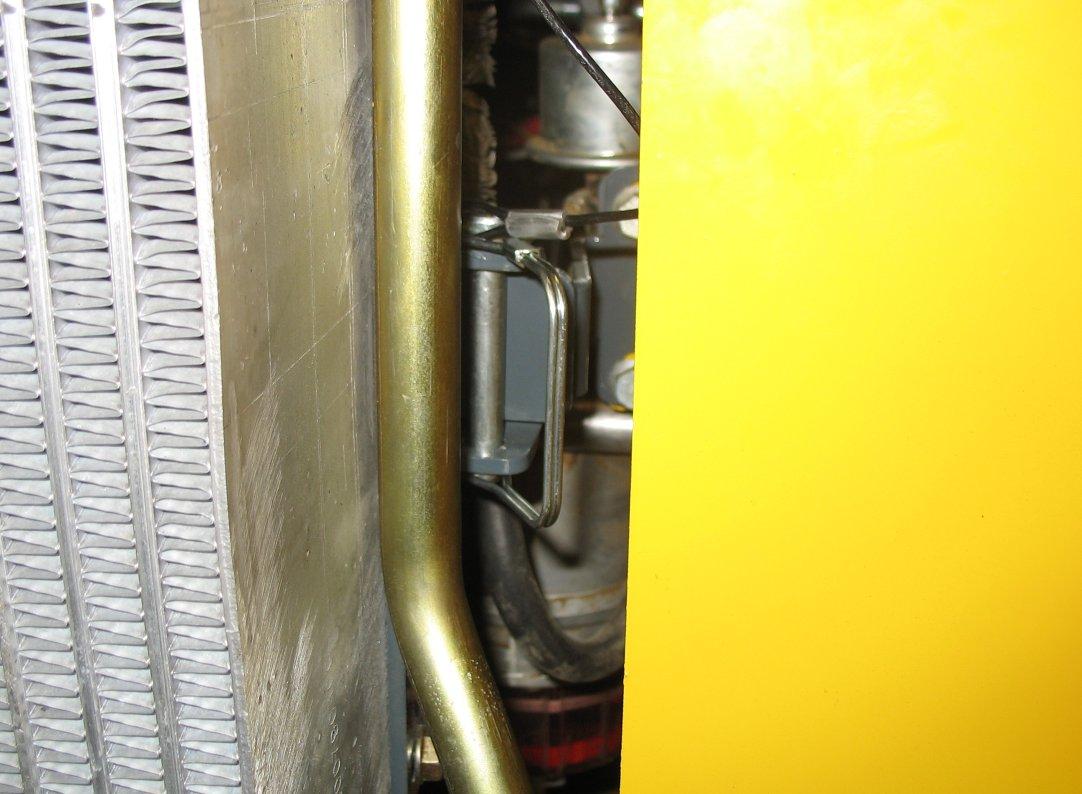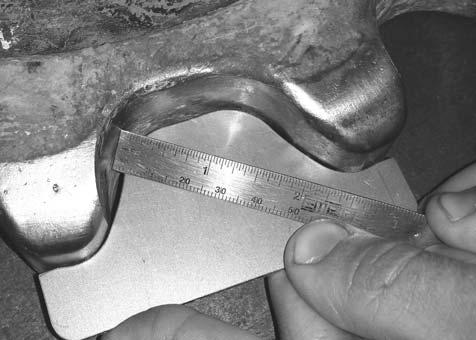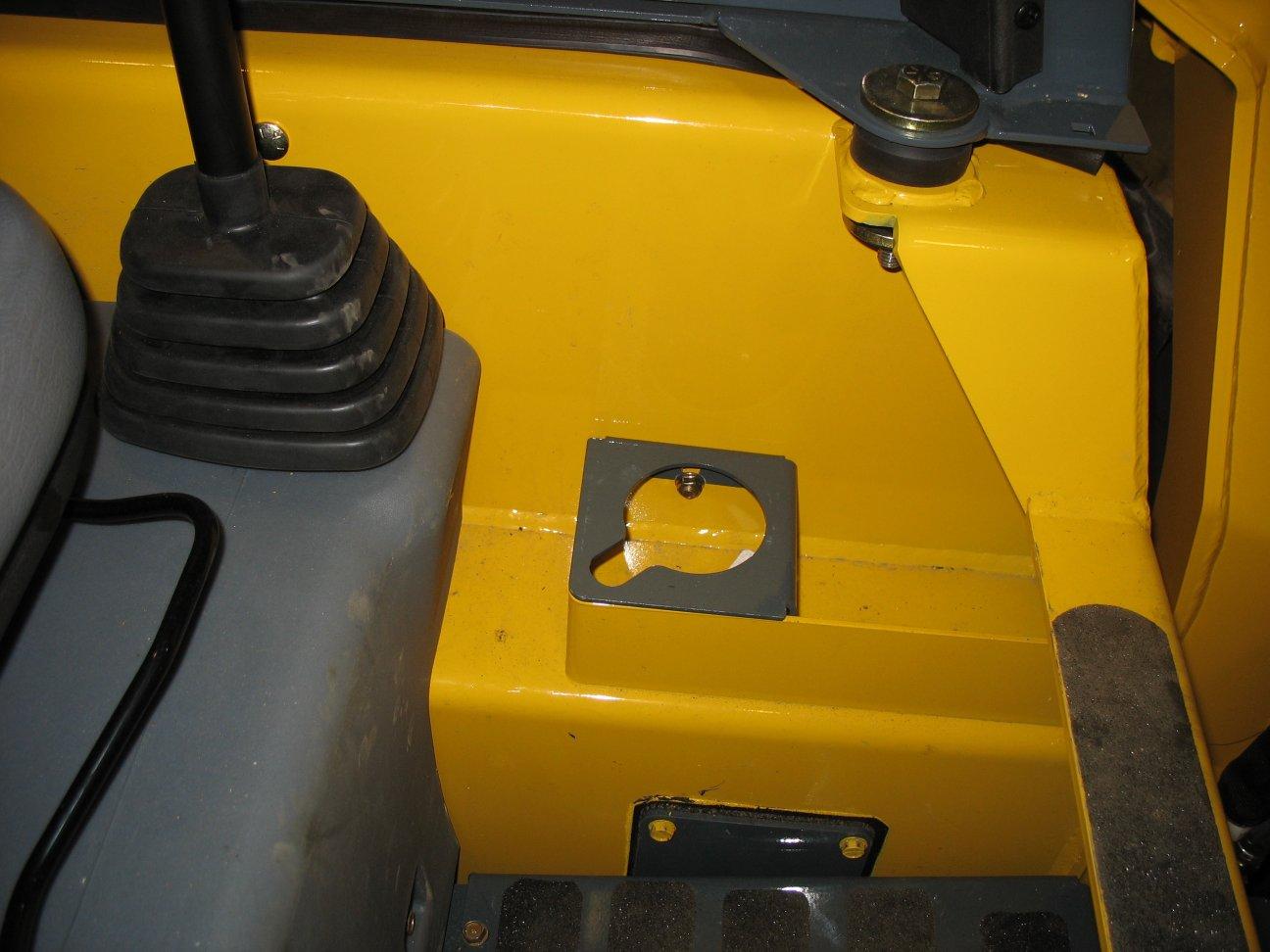Loading and Transporting the Machine on a Transport Vehicle Park the transport vehicle on a level surface. Be sure the vehicle and its ramps have the weight and size capacity to support the machine. Make sure the driver of the transport vehicle knows the overall height, width and weight of the vehicle, including the loaded machine, before starting transport. See “Weights” on page 189.
WARNING
Make sure the load does not fall short of the minimum axle load of the steering axle, otherwise the transport vehicle’s steering could be seriously affected. Make sure the transport surface and the loading ramps are clear of debris and slippery material that may reduce traction. Secure the loading ramps to the transport vehicle before loading. Position the loading ramps at the shallowest possible angle. Do not exceed an angle of 15°. Only use ramps with anti-skid surfaces. Move the machine on and off the vehicle ramp slowly and carefully. Position the machine at the lowest possible position on the transport platform, with the center of gravity of the load over the centerline of the transport vehicle. Distribute partial loads to ensure an even load across the axles of the transport vehicle. Secure the machine properly so it cannot move during transport. Consider all possible transport conditions such as: heavy braking, evasive maneuvers, and uneven or rough roadways. Always use the proper tie-down points when using straps and chains. See “Machine Orientation” on page 3. Failure to follow these instructions could result in an overturn accident. Important: Observe all local regulations governing the loading and transporting of equipment (Reference: U.S. Federal Motor Carrier Safety Regulations, Section 392). Ensure that the hauling vehicle meets all safety requirements before loading the machine. 1. Park the transport vehicle on a level surface. Block the tracks on the transport vehicle at the front and rear. 2. Before starting, check the engine oil level. The oil level must be at the “Full” mark on the dipstick. Add oil if needed. See “Checking Engine Oil Level” on page 137. Important: When loading and driving on ramps, the engine can be damaged if the engine oil level is too low. 3. Start the machine and raise the hitch plate/attachment enough so that it will not touch the loading ramps. 4. Slowly and carefully drive in reverse up the ramp onto the transport vehicle. 115
50950264/D0819





















